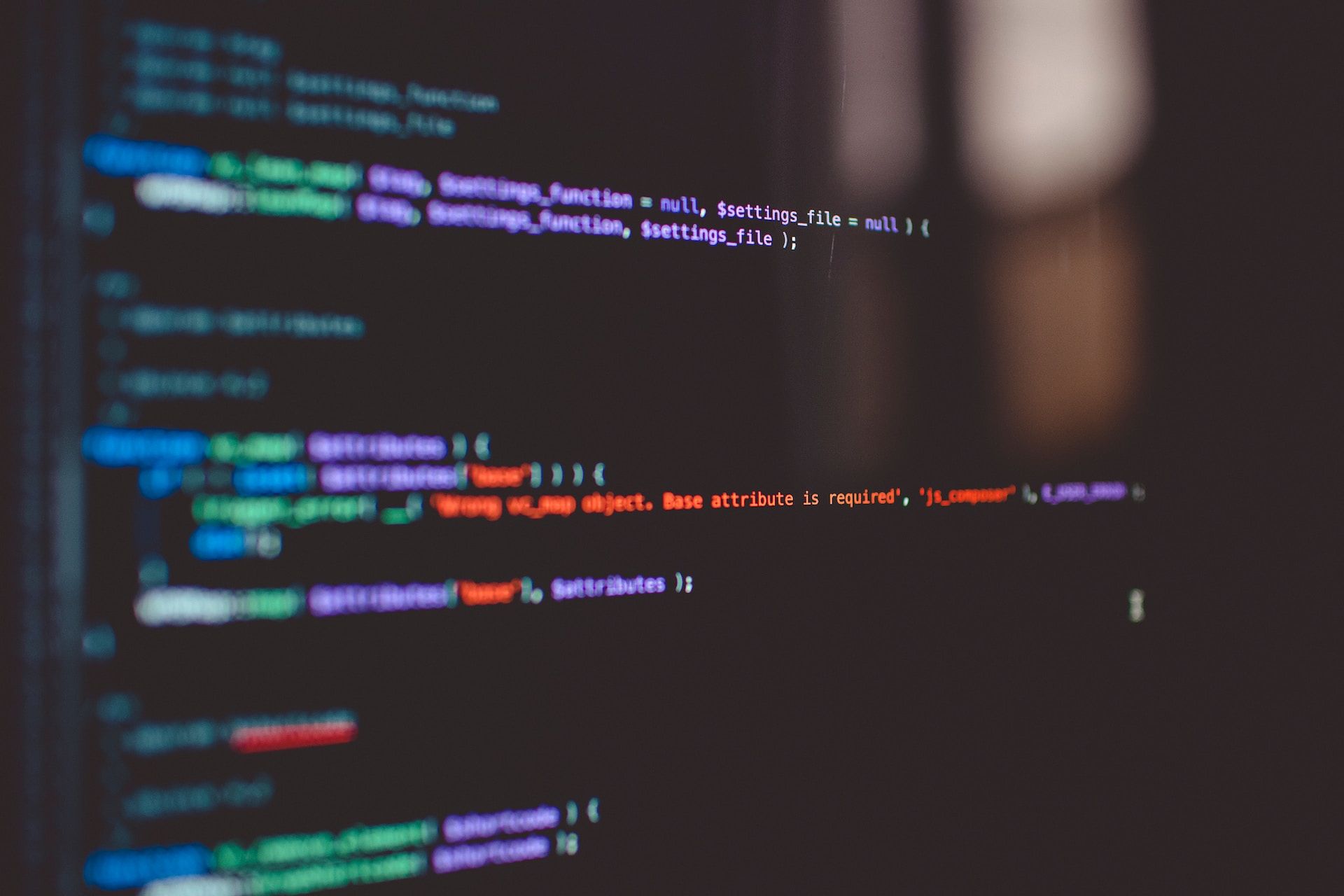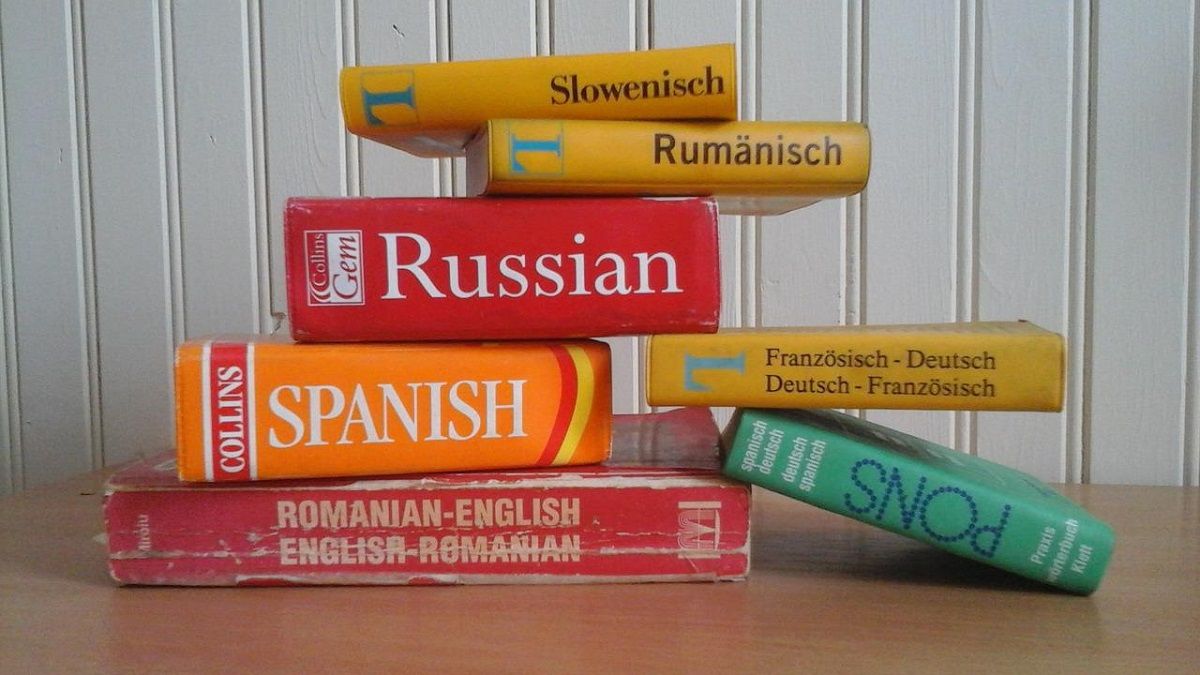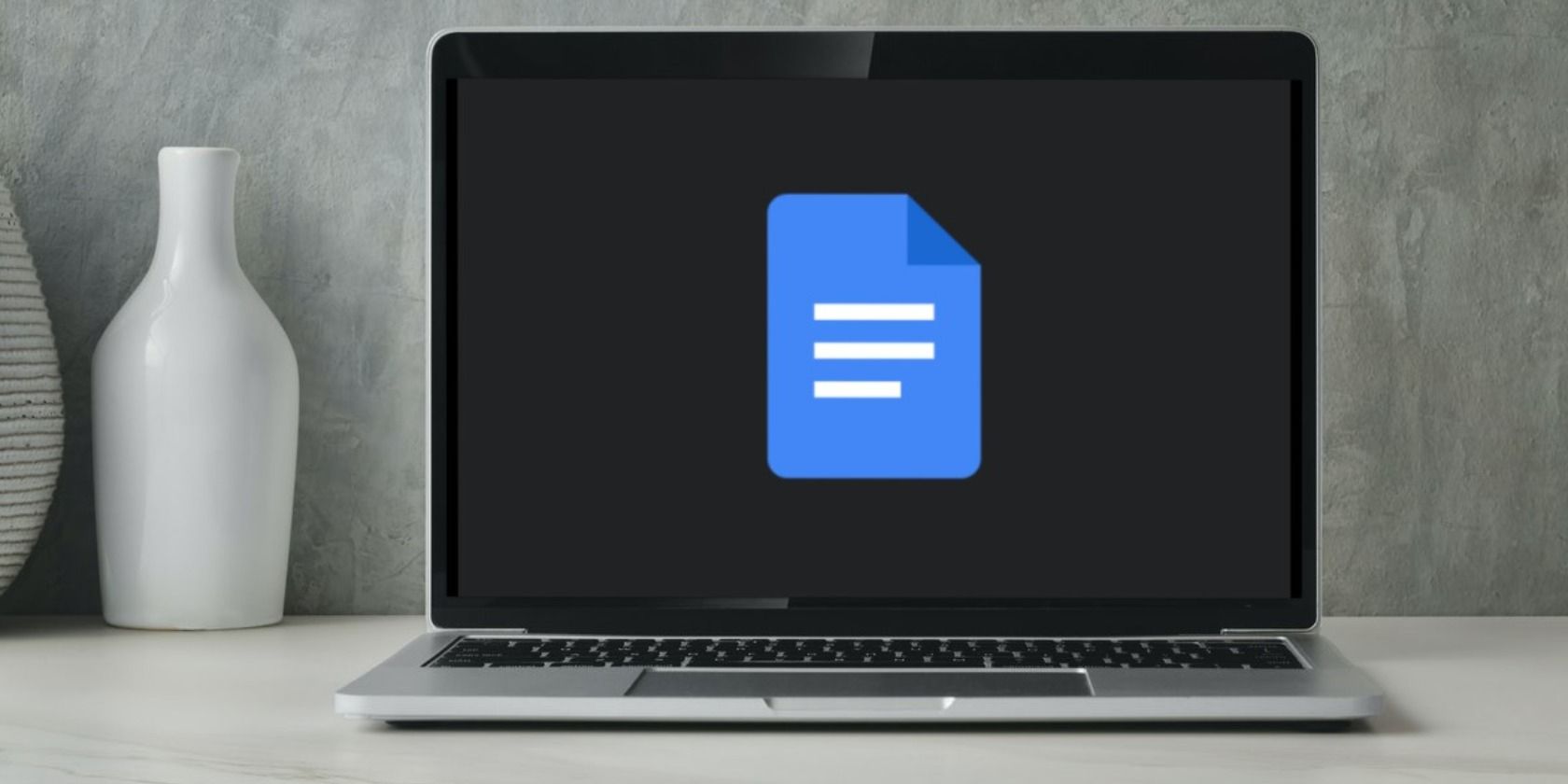
Unlocking the Future of Interaction: 7 Ways PaLM 2 Revolutionizes Google's Bard AI Experience

Unveiling the Advancements in Google’s Bard AI via PaLM 2 - Explore 7 Features
On May 10th, 2023, Google announced a major upgrade to its large language model (LLM) chatbot Bard AI at Google I/O.Google’s Pathways Language Model 2 (PaLM 2) will improve Bard’s performance by featuring support for different programming languages, third-party extensions, integration with other Google products, and other interesting additions. Let’s explore in detail how PaLM 2 will revolutionize Bard AI.
1. Support for Different Programming Languages

One of the most exciting upgrades PaLM 2 brings to Bard AI is its support for over 20 programming languages, including Python, JavaScript, Fortran, C++, Verilog, and Prolog. As a result, the AI chatbot will now write, debug, and modify code in different computer languages; you only need to prompt it with any of the language instructions.
PaLM 2’s support for different programming languages is powered by massive training data, which includes GitHub code repositories. So you can ask Bard to debug a line of code in Python, and it will rightly do so while explaining the error in the code. This is beneficial, especially if you arelearning programming concepts and skills .
PaLM 2 also offers Codey, a specialized AI model for coding and debugging. Codey will be a part of PaLM 2’s generation and code completion service, among other functions. Already there are several ways Bard AI is overtaking ChatGPT in the AI chatbots league, like being free to use, connected to the internet, and accessible in over 180 countries.
2. Multilingual Capabilities

PaLM 2 will expand the multilingual capabilities of Bard AI, making it perform well with multilingual tasks, as it is being trained with diverse texts from over 100 languages.
So Bard AI will be able to understand and, in turn, generate text in several languages from different parts of the world, including underrepresented languages on the internet. In addition, the AI chatbot can also understand more nuanced forms of language, like poems, proverbs, and riddles, than in its older versions.
3. Better Logic and Reasoning

Large language models emphasize language, which is why computing mathematical questions and queries can be challenging. They need to use third-party plugins to circumvent this challenge.
However, the PaLM 2 model will better adapt to mathematics, logic, and common sense reasoning. Google developed the model using many science and math texts, including mathematical expressions. Therefore, PaLM 2 will not only solve mathematical problems easily but also reason through the puzzles and offer appropriate diagram illustrations.
4. Med-PaLM 2

Med-PaLM 2 is a specialized medical LLM model that focuses on medical knowledge. This version is trained and equipped with massive medical texts, including journals, textbooks, clinical notes, and patient records.
According toGoogle , Med-PaLM 2 can provide answers to medical exam problems at the expert level of a doctor, with an accuracy level of 85%. As of the time of writing, Google is opening up Med-PaLM 2 to a closed group of Google Cloud customers for testing and feedback.
5. Sec-PaLM 2

Besides Med-PaLM 2, there’s Sec-PaLM 2, dedicated to security applications. This AI tool is designed to detect security threats.
Sec-PaLM can analyze and explain the behavior of potentially malicious scripts and detect which ones are actually threats to people and organizations. It was trained on many publicly available security datasets, such as malware samples, vulnerability reports, exploit code, phishing emails, etc.
With this, it can understand and generate security-related text and code in different languages and formats.
6. Third-Party Extension Support
PaLM 2 will bring third-party extensions to Bard, connecting Google with third-party brands like Adobe, Spotify, Khan Academy, and Uber Eats. For example, with Adobe integration, Bard can access Firefly, Adobe’s image-generating tool. This will help you export images you generate into Adobe Express.
Furthermore, Bard can connect to its other company products like Search and Maps. Google Maps will use the AI upgrade to provide immersive views of routes, including landmarks. Google Search will also receive an AI upgrade, enabling it to respond directly to search queries in an interactive, conversational manner.
7. Workspace

Another key area the company plans to upgrade Bard with PaLM 2 is the “Workspace AI collaborator.” PaLM 2 will feature on the company’s full product range—in Cloud, Colab, Meet, Docs, Maps, Sheets, and others.
The process will become even more seamless as Google promises upgrades for exporting data. You can write codes with Bard and export them into Replit or Google Colab.
PaLM 2 WIll Revolutionize Google Bard
PaLM 2 LLM has provided Google with an appropriate response to Microsoft’s Bing search engine and OpenAI’s ever-popular ChatGPT. The new upgrades to Bard will not only give you better satisfaction but provide you with increased safety across Google products.
So keep your eyes open to see how these new upgrades to Bing AI will perform in the near future.
- Title: Unlocking the Future of Interaction: 7 Ways PaLM 2 Revolutionizes Google's Bard AI Experience
- Author: Larry
- Created at : 2024-08-15 21:11:27
- Updated at : 2024-08-16 21:11:27
- Link: https://tech-hub.techidaily.com/unlocking-the-future-of-interaction-7-ways-palm-2-revolutionizes-googles-bard-ai-experience/
- License: This work is licensed under CC BY-NC-SA 4.0.


 PDF application, powered by AI-based OCR, for unified workflows with both digital and scanned documents.
PDF application, powered by AI-based OCR, for unified workflows with both digital and scanned documents. 